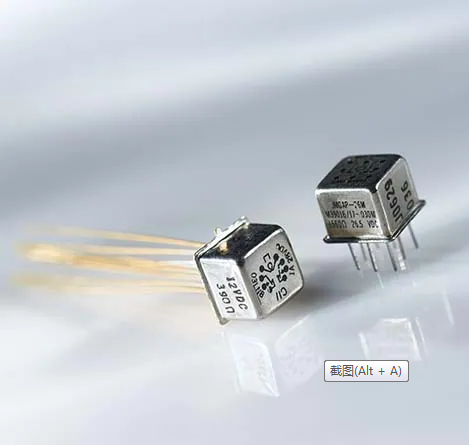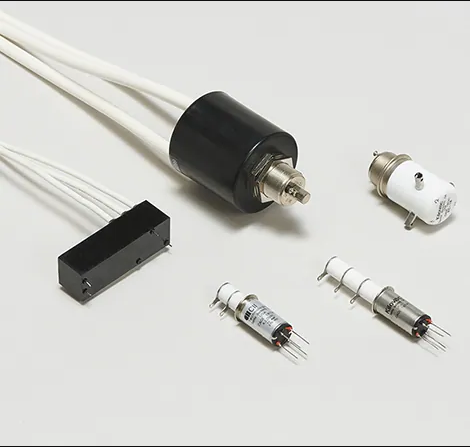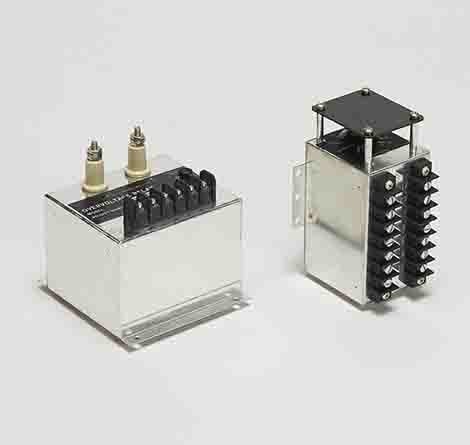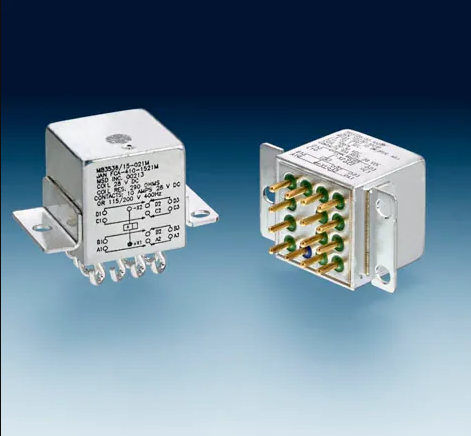
Product Line Card
TE Connectivity ("TE") provides solutions that enable electric vehicles, aerospace, digital factories and smart homes. Our innovations save lives in medical care and make it possible to build sustainable communities, efficient utility networks and hyperscale communications systems. for more than 75 years, we have partnered with customers to produce highly engineered connectivity and sensing products for an interconnected world. With a focus on reliability and durability, a commitment to progress, and an outstanding product portfolio, we help companies of all sizes turn ideas into technology that will change the way the world works and lives in the future. TE Connectivity ("TE") provides solutions that power electric vehicles, aerospace, digital factories and smart homes. Our innovations are saving lives in healthcare and making it possible to build sustainable communities, efficient utility networks, and hyperscale communications systems. for more than 75 years, we have partnered with customers to produce highly engineered connectivity and sensing products for an interconnected world. With a focus on reliability and durability, a commitment to progress, and an outstanding product portfolio, we help companies of all sizes turn ideas into technology that will change the way the world works and lives in the future.
Military and Aerospace Relays

These electromechanical relays and solid state relays are specifically engineered to operate in extremely harsh environments. Our portfolio includes relays for TO-5, 1/6th, 1/5 size (.150 grid), ½ size crystal can, full-size 2, 5, 10, and 25 amp devices, which are generally hermetically sealed allowing for contaminate-free operation. Our portfolio includes mil-spec solid state relays (SSRs) MIL-qualified to specs like M28750 and M28776, which can address similar electrical and environmental conditions as our electromechanical relays. Our relays portfolio includes CII low-signal and mid-range relays and HARTMAN AC and DC relays.
These electromechanical relays and solid state relays are specifically engineered to operate in extremely harsh environments. Our portfolio includes relays for TO-5, 1/6th, 1/5 size (.150 grid), ½ size crystal can, full-size 2, 5, 10, and 25 amp devices, which are generally hermetically sealed allowing for contaminate-free operation. Our portfolio includes mil-spec solid state relays (SSRs) MIL-qualified to specs like M28750 and M28776, which can address similar electrical and environmental conditions as our electromechanical relays. Our relays portfolio includes CII low-signal and mid-range relays and HARTMAN AC and DC relays.
High Voltage Relays

HV Relays: Hermetically sealed for harsh environments
High voltage relays are electromechanical devices whose purpose is to switch to high voltage signals (> 1kV) and high frequency applications. These relays are heavily insulated and are made of strong materials to increase contact life. High voltage relays are used in many technical devices that require voltages that go up to 10,000 V and currents up to 30 A. Unlike conventional relays, high voltage relay coils are located outside the vacuum and further away from the contacts.
HV Relays: Hermetically sealed for harsh environments
High voltage relays are electromechanical devices whose purpose is to switch to high voltage signals (> 1kV) and high frequency applications. These relays are heavily insulated and are made of strong materials to increase contact life. High voltage relays are used in many technical devices that require voltages that go up to 10,000 V and currents up to 30 A. Unlike conventional relays, high voltage relay coils are located outside the vacuum and further away from the contacts.
Types of Protective Relays

Protective Relays: Trips faulty circuit breakers
A protective relay is a compact and self-contained switchgear that trips a circuit breaker when a fault is detected for conditions such as overcurrent, overvoltage, over- and under-frequency, and reverse power flow. Sometimes known as monitoring relays, protective relays have two functions: switching (trip) and measuring (the monitored value that leads to a trip). Most protective relays are electromechanical, which work by electromagnetic attraction and induction. Protective relays are most commonly used in electric power systems. Overcurrent Relays are a subcategory of protective relays. Our portfolio of protective relays is manufactured under the Wilmar product family.
Protective Relays: Trips faulty circuit breakers
A protective relay is a compact and self-contained switchgear that trips a circuit breaker when a fault is detected for conditions such as overcurrent, overvoltage, over- and under-frequency, and reverse power flow. Sometimes known as monitoring relays, protective relays have two functions: switching (trip) and measuring (the monitored value that leads to a trip). Most protective relays are electromechanical, which work by electromagnetic attraction and induction. Protective relays are most commonly used in electric power systems. Overcurrent Relays are a subcategory of protective relays. Our portfolio of protective relays is manufactured under the Wilmar product family.
Automotive Relay Types

Our automotive relays are engineered for DC voltages in passenger comfort and infotainment systems and power levels in harsh environments. Automotive relays are used in almost all harnesses and box-modules through a vehicle, including the car’s rear and front area, passenger and engine areas, body control, powertrain, and roof, seat, door, and fan modules. Our portfolio is designed to provide switching functions that support modern electrical conveniences and advanced safety features in today's vehicles. Our standard and customized relays provide critical switching functions in automobiles, trucks, buses, and commercial, construction, and off-road vehicles. Our automotive relay types include plug-in relays, PCB relays, high-current relays and high-voltage relays, including automotive contactors. With decades of experience in worldwide support for relay development and production, we offer application support from relay specialists.
Our automotive relays are engineered for DC voltages in passenger comfort and infotainment systems and power levels in harsh environments. Automotive relays are used in almost all harnesses and box-modules through a vehicle, including the car’s rear and front area, passenger and engine areas, body control, powertrain, and roof, seat, door, and fan modules. Our portfolio is designed to provide switching functions that support modern electrical conveniences and advanced safety features in today's vehicles. Our standard and customized relays provide critical switching functions in automobiles, trucks, buses, and commercial, construction, and off-road vehicles. Our automotive relay types include plug-in relays, PCB relays, high-current relays and high-voltage relays, including automotive contactors. With decades of experience in worldwide support for relay development and production, we offer application support from relay specialists.
High Performance Time Delay Relays

Timer Relays in multiple pole and mounting configurations
Our time delay relays provide enhanced control functionality with the addition of control input circuitry to high performance relays. Our timer relays offer options of hermetically sealed versions and can be qualified for nuclear with pneumatic technology operation. Time delay relays are commonly used in commercial, nuclear, aerospace, and military applications.
Timer Relays in multiple pole and mounting configurations
Our time delay relays provide enhanced control functionality with the addition of control input circuitry to high performance relays. Our timer relays offer options of hermetically sealed versions and can be qualified for nuclear with pneumatic technology operation. Time delay relays are commonly used in commercial, nuclear, aerospace, and military applications.
Types of Relays

A relay is an electronically operated switch that is remotely activated by an electromagnet which pulls a set of contacts to either make or break a circuit. Electrical relays are commonly used for switching signals, radio frequencies, high current circuits when using a lower current circuit, and loads such as resistive, motor, lamp, inductive, and capacitive applications. This is helpful when an in-line switch or existing circuit does not have the capacity to handle the required current.
A relay is an electronically operated switch that is remotely activated by an electromagnet which pulls a set of contacts to either make or break a circuit. Electrical relays are commonly used for switching signals, radio frequencies, high current circuits when using a lower current circuit, and loads such as resistive, motor, lamp, inductive, and capacitive applications. This is helpful when an in-line switch or existing circuit does not have the capacity to handle the required current.







































